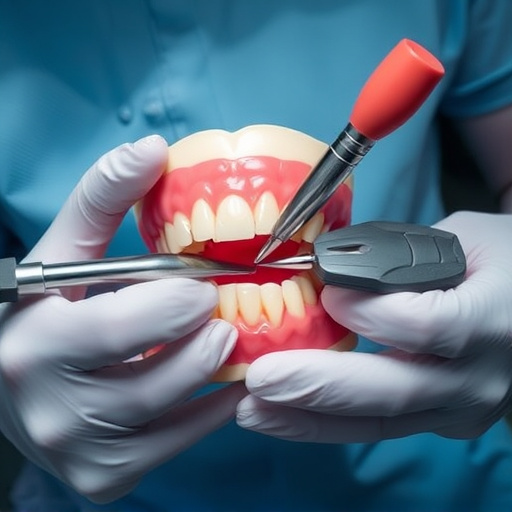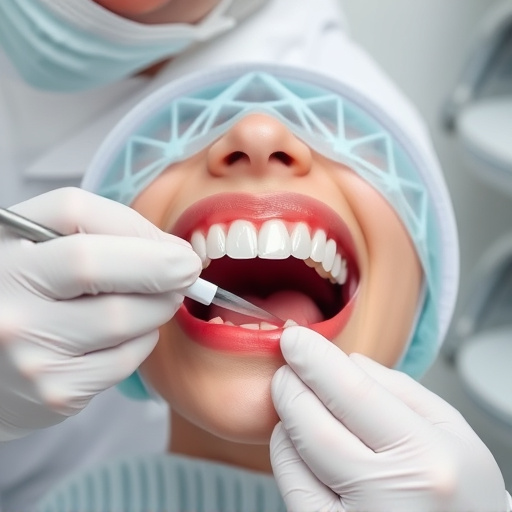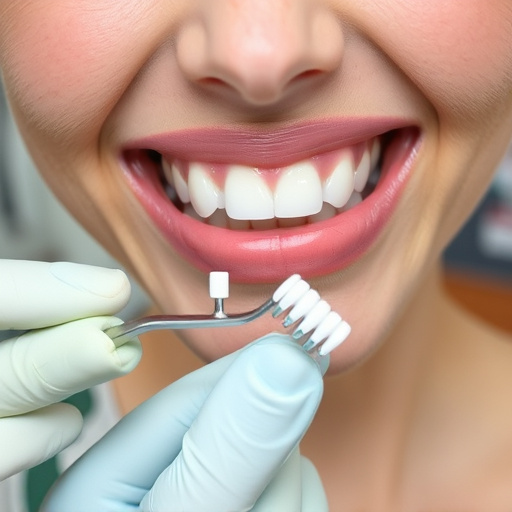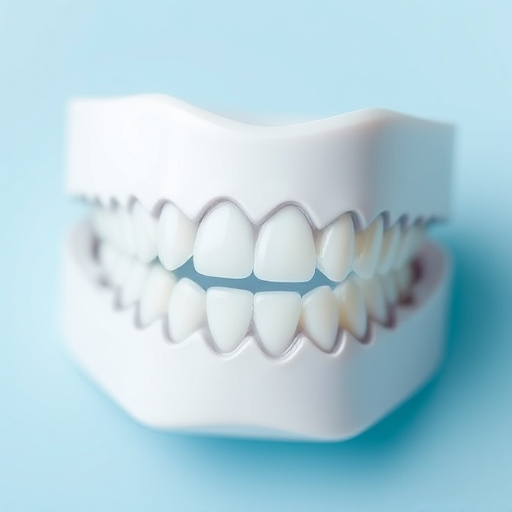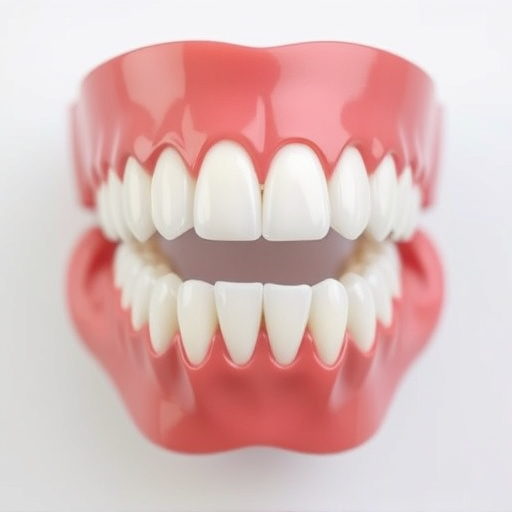Tooth sensitivity treatment addresses enamel wear, gum recession, and individual triggers through gentle brushing, dental check-ups, personalized plans including soft brushes, desensitizing toothpaste, fluoride applications, bonding, or fillings, and professional treatments like repair or cosmetic fillings for optimal oral health.
Tooth sensitivity can be a painful and frustrating condition, but there are effective treatments available. One crucial aspect of managing tooth sensitivity is evaluating your brushing habits. This article delves into understanding the causes and triggers of tooth sensitivity, offers guidance on improving brushing techniques for relief, and explores various treatment options to help you overcome this issue. By addressing these key areas, you can find lasting solutions for your tooth sensitivity treatment.
- Understanding Tooth Sensitivity Causes and Triggers
- Evaluating Brushing Habits for Sensitivity Relief
- Effective Treatment Options for Sensitive Teeth
Understanding Tooth Sensitivity Causes and Triggers

Tooth sensitivity can be a complex issue with multiple contributing factors. Understanding the root causes and triggers is an essential step in effective tooth sensitivity treatment. One of the primary causes is enamel wear, which exposes the dentin layer beneath, leading to heightened sensitivity. This wear can result from aggressive brushing techniques, acidic foods and beverages, or even grinding teeth (bruxism). Additionally, gum recession due to periodontal disease or age-related factors can also contribute, as it leaves roots vulnerable.
Triggering events vary from person to person but often include exposure to hot or cold substances, sweet or sour foods, and even dry air. Identifying these triggers is crucial in managing sensitivity. Children’s dentistry professionals suggest monitoring brushing habits, ensuring a gentle touch with soft-bristled brushes, and maintaining regular dental check-ups for early detection and personalized tooth sensitivity treatment plans, sometimes involving cosmetic dentistry procedures to enhance both function and aesthetics.
Evaluating Brushing Habits for Sensitivity Relief

Evaluating brushing habits is a crucial step in addressing tooth sensitivity. Many people may be unaware that their current brushing technique or routine could be contributing factors to their sensitivity. For instance, using a hard-bristled toothbrush or brushing too aggressively can wear down enamel, exposing the sensitive dentin beneath. This can lead to discomfort when consuming hot or cold foods and beverages.
Understanding how individuals care for their teeth is essential in tailoring tooth sensitivity treatment plans. Dentists may recommend adjustments such as switching to a soft-bristled brush, using desensitizing toothpaste, or incorporating fluoride applications. In some cases, procedures like dental bonding or cosmetic fillings can be used to protect exposed areas and provide additional protection against sensitivity.
Effective Treatment Options for Sensitive Teeth

When it comes to effective tooth sensitivity treatment, there are several options available that can provide relief and restore oral comfort. One common approach is to address the underlying cause of sensitivity, such as exposed dentin or receding gums. A family dentistry practice may recommend a combination of at-home care and professional treatments.
For mild to moderate sensitivity, over-the-counter toothpastes designed for sensitive teeth can help block nerve endings, reducing discomfort. More severe cases might require in-office procedures like tooth repair or cosmetic fillings to cover exposed areas. Additionally, dentists can apply desensitizing agents directly to the affected teeth to numb them and reduce pain. These treatments, along with proper brushing techniques and regular dental check-ups, can significantly improve tooth sensitivity and promote better oral health.
When addressing tooth sensitivity treatment, a comprehensive approach is key. Understanding the causes and triggers, such as brushing habits, is essential for finding effective relief. By evaluating your brushing routine and exploring diverse treatment options, you can achieve lasting comfort and improve your overall oral health. Remember, managing tooth sensitivity begins with knowledge and tailored care.









